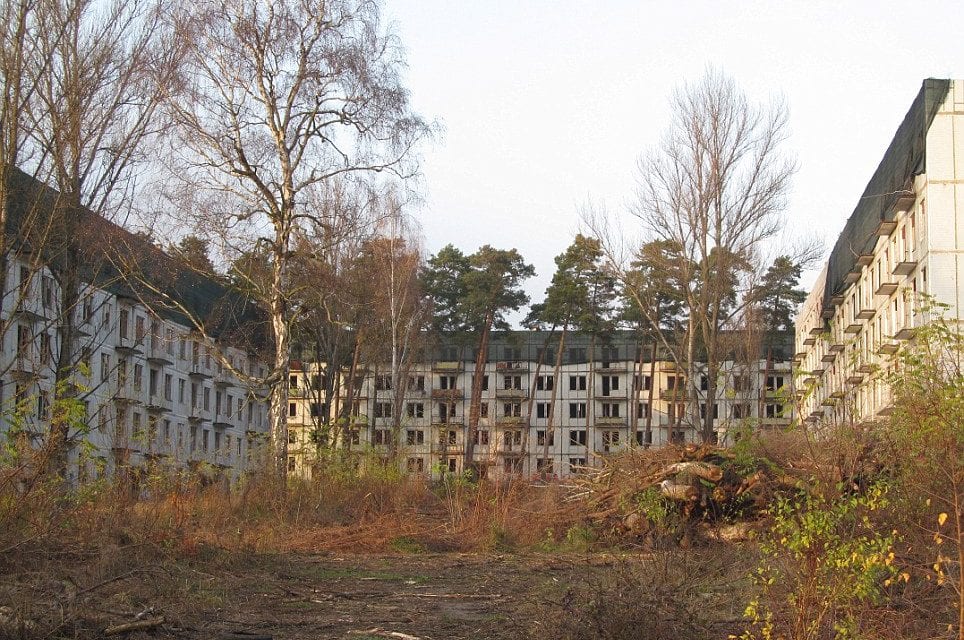Some experts in the senior living sector, have become concerned that with senior living being seen as the “best bet” for real estate development we are heading into a fresh glut.
Back in the early to mid-2000’s there was a major glut of new senior living communities that inflicted great pain on the industry and capital providers. Some in the industry have become concerned that, with senior living being seen as the “best bet” for real estate development, we are heading into a repeat scenario. Several months ago I spoke with Imran Javaid, managing director for Capital One’s healthcare finance business, about whether he was concerned about a glut that would hurt the industry and put pressure on the capital markets.
Too Much Too Fast
I’ll get to Imran’s comments in a moment, but first here is what I think may be some indicators. According to the most current statistics available from National Investment Center for Seniors Housing and Care (NIC), occupancy numbers are at 90.5% and rent rates are continuing to grow at 2.3% annually. While most owners would prefer to be above that 90.5% number, it is comfortable and companies are making budget. The numbers are continuing to improve quarter to quarter so far.

The numbers are good enough (or depending on your perspective, too good) that the industry sector has a lot of capital available, new developers are entering the space, and existing developers and operators are continuing to expand. While we know the big wave of baby boomers in need of senior living will not hit for another 10 or 15 years, the number of elderly individuals who need and want senior living is growing today.
That all looks like good news, but some members of the industry are concerned that development is happening at too fast a pace for a number of reasons:
- There are more developers looking to build, at least in the short term, and fewer markets with outstanding, compelling inventory shortage.
- There is more capital available for seniors housing than there are projects that need funding.
- There is a general sense that local financial institutions are too ready to invest in local projects without an adequate understanding of the business.
- There is a belief that it is pretty easy to find a consultant who is willing to provide developers a market study that “proves” demand in almost every market.
- There are some really hot markets that have so much new development going on that it seems inevitable that there will be at least a temporary glut of senior living communities.
- There are lots of people who are looking at alternative ways of providing care and housing to seniors, ways that don’t fit the traditional senior living model, which has the potential to reduce the demand for new communities.
Will We Do It Again?
In talking to Imran, he mentioned that he has some concerns about the industry being overbuilt in some regions of the country, but he also sees some factors that could reduce the risk:
- The first is lender discipline. Capital One closely scrutinizes each potential deal with the goal of protecting their interest as a lender, protecting the developer from being overly optimistic, and protecting the industry. According to him, lenders should spend a lot of time doing an independent analysis of the market and the opportunity in order to avoid building in areas where there is not sufficient demand.
- Second, Imran says there needs to be more education within the industry to help new developers and lenders better understand the trends, risks, and consequences of overbuilding. With the major wave of demand not arriving for another 10-15 years, it is important that supply not get ahead. Although some of the projects in the pipeline will never make it to fruition due to a more complex and costly environment, we are definitely seeing an uptick in construction.
Despite the risks however, Imran still believes with the right due diligence processes in place and education for new borrowers and lenders, the industry will continue to be strong.
So what do you think? Glut, no glut, or maybe even that we need to be developing more rapidly?
Note: This article was first drafted several months ago, while the overall theme remains the same, there have been some additional indicators that would suggest the need for a higher level of diligence. This will be the subject of a future article.
Steve Moran








